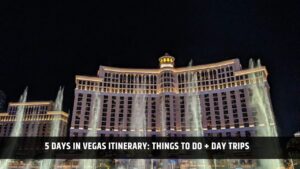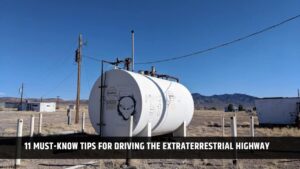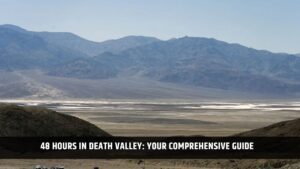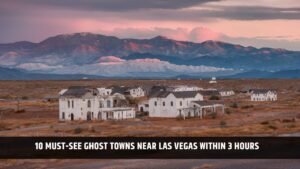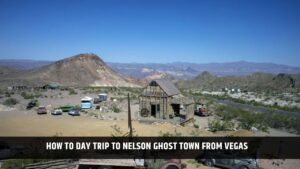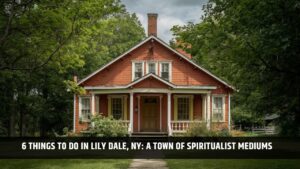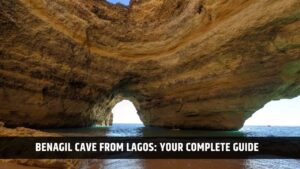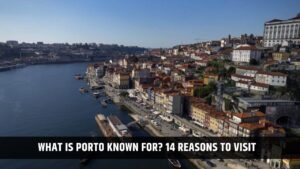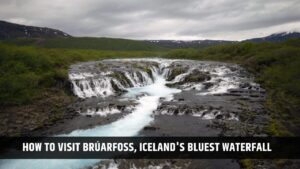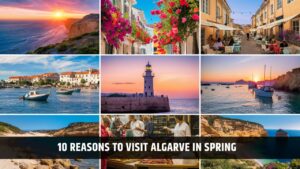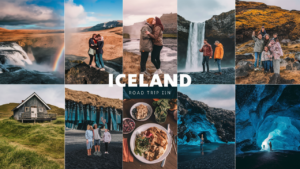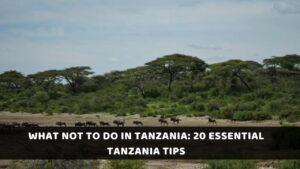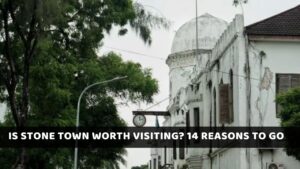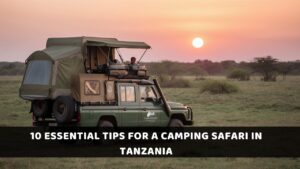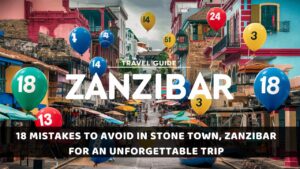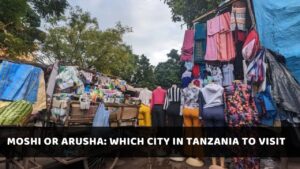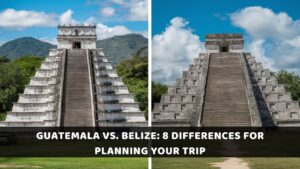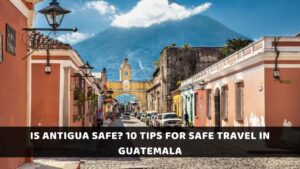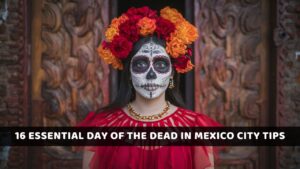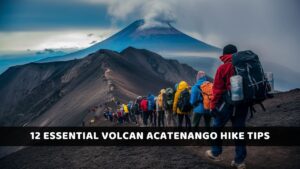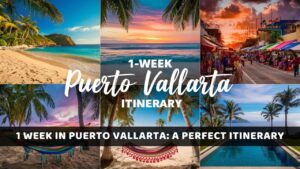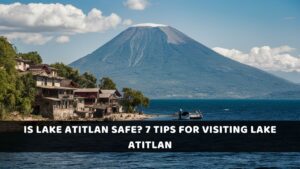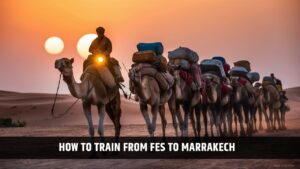With its rugged mountains, sculpted canyons, glittering salt flats and constantly changing colors, Death Valley National Park overwhelms the senses. This guide will help you make the most of 48 adventure-packed hours in one of America’s most extreme landscapes.
Get ready to discover everything Death Valley has to offer, from scenic drives and mind-boggling geology to hikes through winding canyons and camping under starry desert skies. We’ll cover the optimal route to take, top sights to see, where to stay, hiking trail tips and everything else you need to know to craft an epic 2-day Death Valley itinerary.

How to Get to Death Valley From Las Vegas
Death Valley National Park sits near the California-Nevada border, around 120 miles (193 km) northwest of Las Vegas. The most direct route is to take US-95 to NV-160 which passes through Pahrump and brings you to Death Valley Junction in about 2 hours depending on traffic.
For more context, other access points to the park include:
- From LA: 4.5 hour drive
- From San Francisco: 6.5 hour drive
- Closest airport: Las Vegas (2 hours away)
Having a rental car is essential to properly explore Death Valley’s 3.4 million acres.
When to Visit Death Valley
Death Valley is known for being extremely hot, with average summer highs over 110°F (43°C). For more comfortable weather, plan your visit during winter from December to February when high temperatures average a mild 65-70°F (18-21°C).
Spring and fall still bring very hot conditions, but the crowds thin after the winter season. Avoid summer unless you’re prepared for scorching heat.
Death Valley Entrance Fee & Permits
There is an entrance fee of $30 per vehicle to enter Death Valley National Park ($25 for motorcycles, $15 for pedestrians/cyclists). You can pay at self-serve pay stations located throughout the park or stop by the Furnace Creek Visitor Center.
Annual park passes are available if you plan to visit multiple times per year. Backcountry hiking and camping requires additional permits.
Where to Stay in Death Valley
Booking accommodations inside the park allows you to maximize your 48 hours. There are a few options located in the two park villages of Furnace Creek and Stovepipe Wells:
The Ranch at Death Valley (Furnace Creek)
- Central location
- Comfortable rooms
- Restaurant, saloon, stores
- Pool, tennis
The Inn at Death Valley (Furnace Creek)
- Historic hotel from the 1920s
- Recently renovated upscale rooms
- Fine dining restaurant
- Natural spring pool
Stovepipe Wells Village
- Basic rooms
- Pool, restaurant, saloon
- General store, gas station
- North end of park, farther from key sights
Campgrounds and backcountry camping are available for a more rugged experience. Hotels near the park entrance like in Beatty, NV are another option but add driving time.
Day 1 Death Valley Itinerary
On your first day, we’ll focus on seeing the south and central parts of Death Valley by baseing ourselves out of Furnace Creek.
Morning: Hike Golden Canyon Trail
Start your day early with a hike up Golden Canyon to beat the heat. This moderate 4-mile roundtrip trail winds through colorful canyon walls then opens up at the base of the badlands.
The morning light illuminates the curvy rock patterns and desert vistas along the trail. You’ll finish by scrambling up the sandy path to Zabriskie Point.
Visit Zabriskie Point
After your hike, drive 5 minutes to Zabriskie Point and walk up the short paved path to this iconic viewpoint. Gaze out at the rippled badlands and Manly Beacon rock formation from this unforgettable panorama.
Early morning or late afternoon light makes the landscape glow. You’ll see why this is one of Death Valley’s most photographed scenic overlooks!
Drive to Badwater Basin
Get back in your car and drive south of Furnace Creek to Badwater Basin, Death Valley’s famous salt flat. At 282 feet below sea level, it’s the lowest point in North America.
Walk out onto the perfectly flat expanse of the sink. From here, look back at the “sea level” sign on the cliffs behind you to grasp how far below you are.
Afternoon at Artist’s Palette
In the afternoon, cruise down Artist’s Drive, a 9-mile one-way loop road. Stop at Artist’s Palette where mineral deposits have stained the hills vivid shades of pink, green, purple and yellow.
This is arguably Death Valley’s most colorful landscape. The intense pigments are best photographed in late afternoon light.
Sunset at Dante’s View
Finish your first day watching the sunset from Dante’s View overlooking the entire valley. Perched 5,475 feet up, the vista stretches over 100 miles on clear days.
Watch as the setting sun casts a warm glow over the Badwater Basin salt flats and surrounding mountain range. This is one of the park’s most breathtaking sights.
Day 2 Death Valley Itinerary
On your second day, we’ll explore some of Death Valley’s natural wonders along the northern stretch.
Hike Mosaic Canyon
Rise early and drive 30 minutes north to Mosaic Canyon to hike before it gets too hot. Wander between the vibrantly colored, wave-like marble walls of this narrow gorge.
Some boulder scrambling is required to navigate through sections. With smooth, flowing contours, it’s one of Death Valley’s most unique slot canyons and makes for fantastic photos.
Drive to Ubehebe Crater
Head deeper into the northern region of the park to visit Ubehebe Crater, a massive volcanic crater half a mile wide and 500 feet deep.
Hike the 1-mile loop trail encircling the crater to admire its geological features up close. The trail is gravel and relatively flat, making it accessible for most.
Afternoon at Racetrack Playa
Next, venture further north to Racetrack Playa to see the famous “sailing stones” for yourself. This dried lakebed is home to mysterious rocks that seem to move on their own, leaving trails behind them.
ThePlaya is accessed via a rough dirt road to a remote area, so high clearance vehicles are recommended. But the 27-mile rugged drive is rewarded by this fascinating natural phenomenon.
Watch the Sunset at Mesquite Flat Dunes
Cap off your Death Valley trip watching the sunset over the sweeping Mesquite Flat sand dunes. With towering rippled peaks and backdropped by desert mountains, this sea of sand glows golden in the evening light.
Hike up a dune to watch the sun sink below the horizon. Then look up to take in some incredible stargazing in one of the country’s darkest night skies.
Tips for Hiking in Death Valley
Some key hiking pointers for Death Valley:
- Start early before intense midday heat
- Carry plenty of water – hydration is crucial
- Dress in lightweight, light colored clothing
- Wear a wide-brimmed hat and sunscreen
- Watch for uneven footing and loose gravel
- Avoid canyons if flash floods are possible
- Turn back if you feel overheated, dizzy or ill
With preparation, Death Valley’s trails offer the chance to safely explore this exceptional landscape on foot.
Death Valley Safety Tips
When visiting such an extreme environment, safety is paramount. Keep these tips in mind:
- Drink at least 1 gallon (4 liters) of water per day
- Only drive on designated paved roads
- Avoid hiking in summer and midday
- Check forecasts for flash flood risks
- Watch for wildlife like snakes and scorpions
- Tell someone your plans and be prepared if stranded
- Take salt tablets to avoid electrolyte depletion
With prudent preparation, you’ll be ready to experience Death Valley’s singular beauty.
Have an Epic 2 Days in Death Valley!
Boasting captivating geology, vibrant colors and unforgettable sunrises and sunsets, Death Valley delivers nonstop inspiration and adventures. In just 48 hours you can take in the top sights and gain a true appreciation for this natural wonderland.
Let us know if you have any other questions about making the most of two days in Death Valley National Park! Whether you hike, bike, or drive through the landscape, it’s sure to be an epic journey.

